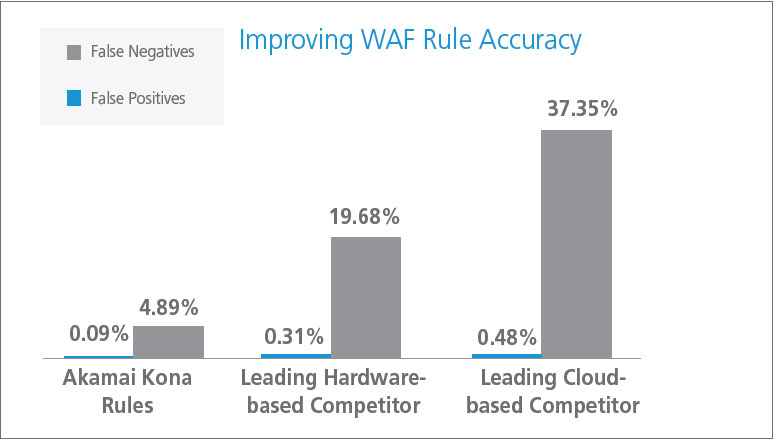Anti-DDoS Intelligence
Mining attack data for anti-DDoS intelligence improves DDoS protection.
Stopping distributed denial of service attacks requires extensive anti-DDoS intelligence and the ability to put it to work quickly. It is essential to have visibility into an extremely large volume of DDoS traffic to quickly identify emerging threats and new DDoS attacks.
Further, once the anti-DDoS intelligence is known, there must be a reliable and timely process to put it to work. Attackers can innovate and change an attack in progress, which requires implementing new anti-DDoS intelligence on the fly.
